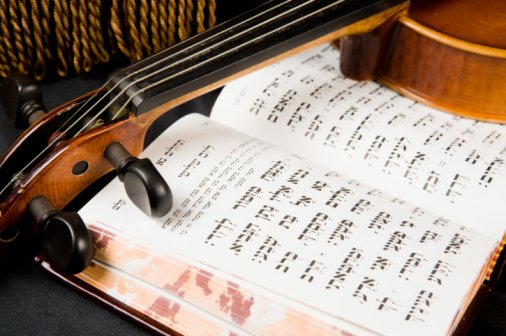What Is Jewish Songs?
Jewish music can be examined from several diversified perspectives. Among them historical, liturgical as well as non-liturgical music of the Hebrews dating from the pre-Biblical times (Pharaonic Egypt); spiritual music at the initial as well as 2nd Solomon’s Temples; musical tasks promptly complying with the Exodus; the apparently poor spiritual music tasks during the early middle ages; the appearance of the concept of Jewish Music in the mid-19th century; its nation-oriented feeling as coined by the spots publication Jewish Music in its Historical Growth (1929) by A. Z. Idelsohn (1882-1938) and lastly as the art and also music of Israel.
Early appearances of Jewish music styles as well as of what might be called “the concept of being Jew” in European music can be initially seen in the jobs of Salamone Rossi (1570-1630). Adhering to that they appear somewhat shaded in the works of the grandson of the well known Jewish theorist Moses Mendelssohn( 1729-1786): Felix Mendelssohn (1809-1847).
Fromental Halevy’s (1799-1862) opera La Juive and also its periodic use of some Jewish motifs is opposed to the absence of “anything Jew” in his virtually contemporary other composer Jacques Offenbach (1819-1880) who was actually Jew as well as matured in straight Jewish custom.
Remarkably the St. Petersburg Society for Jewish Songs led by the composer-critic Joel Engel (1868-1927) reports on exactly how they discovered their Jewish roots. They were influenced by the Patriotic activity in the Russian Music objectified by Rimsky-Korsakov, Cesar Cui and also others, and also documents how laid out to the Shtetls and meticulously videotaped and also transcribed countless Yiddish folksongs.
Ernst Bloch’s (1880-1959) Schelomo for cello and band and also particularly the Sacred Solution for orchestra, choir and also soloists are attempts to produce a “Jewish Requiem”.
Mario Castelnuovo-Tedesco (1895-1968)’s Sephardic childhoods and their influences on his music as they show up in his 2nd Violin Concerto and also in most of his tunes and choral jobs; cantatas Naomi and Ruth, Queen of Shiba and also in the oratorio The Book of Jonah among others deserve keeping in mind too.
Several scholars did not missed the Synagogue intentions and also tunes borrowed by George Gershwin in his Porgy as well as Bess. Gershwin biographer Edward Jablonski has actually declared that the tune to “It Ain’t Always So” was drawn from the Haftarah true blessing and others have actually associated it to the Torah blessing.
In Gershwin’s some 800 tracks, allusions to Jewish songs have been found by various other observers also. One musicologist spotted “an extraordinary resemblance” in between the individual tune “Havenu Shalom Aleichem” and the spiritual “It Take a Long Pull to Arrive”.
A lot of notcied contemporary Israeli authors are Chaya Czernowin, Betty Olivera, Tsippi Fleisher, Mark Kopytman, Yitzhak Yedid.
There are also extremely essential jobs by non-Jew authors in the Jewish music. Maurice Ravel with his Kaddish for violin and also piano based on a typical liturgical tune and Max Bruch’s well-known arrangement of the Yom Kippur prayer Kol Nidrei for cello and orchestra are amongst the best recognized.
Sergei Prokofieff’s Overture sur des Themes Juives for string quartet, piano and clarinet plainly presents its inspiring resources in non-religious Jewish music. The melodious, modal, rhythmical products as well as using the clarinet as a leading melodic instrument is a really normal sound in individual and non-religious Jewish music.
Dmitri Shostakovich was deeply affected by Jewish music too. This can be seen in many of his structures, most significantly in the track cycle From Jewish People Verse, as well as in the Second Piano Triad. Nonetheless his most superior contribution to the Jewish culture is without uncertainty the 13th. Harmony “Babi Yar”.


